Moto X Review
by Brian Klug on August 26, 2013 1:30 PM EST- Posted in
- Smartphones
- Qualcomm
- MSM8960
- Motorola
- Android
- Mobile
- Android 4.2
- Moto X
Battery Life
Battery life is a huge concern in the smartphone space these days, especially as phones get bigger and more powerful. The Moto X includes a unique 2200 mAh, 3.8 V (8.36 Whr) stacked battery made by LG chem, which maximizes battery volume given the Moto X’s rounded form factor. Motorola was very vocal about the battery life of the Moto X, and made the claim of up to 24 hour of mixed use with the device in addition to up to 13 hours of call time. Given the smaller (albeit AMOLED) display and dual core SoC, the Moto X was an easy target for the narrative that higher end specs and quad core SoCs are killing smartphone battery life, which many immediately latched onto and parroted claims of amazing battery life.
Of course, the real question is how the Moto X stacks up to the competition in our objective tests. I have to admit that my initial subjective impressions of the Moto X battery life were not all that great. My first time daily driving the Moto X was after getting it in NYC and flying home – I left the hotel with it fully charged, spent 4 hours in a plane with it in airplane mode, and Moto X still died in the baggage claim before I could make it home. The second time I daily drove the Moto X, I also managed to kill it doing nothing out of the ordinary before I got back home. I honestly can’t remember the last time I drained a phone completely actually using it. Since those couple of times I haven’t had problems making it through a full day when I’ve daily driven the Moto X, but that’s with my usual opportunistic charging from every available wall socket and USB port, and my mixed use definitely isn’t 24 hours, rather closer to 8.
Our objective battery life tests are unchanged so I’m not going to go through all of it in excruciating detail again – you can read any previous review and get the details. At a high level we calibrate the display to exactly 200 nits, then run through a bunch of webpages with content every dozen or so seconds until the device dies, on both cellular, and WiFi. The call test is self explanatory – there’s voice at both the originating terminal and terminating terminal, and we time how long the call goes for until the device dies.

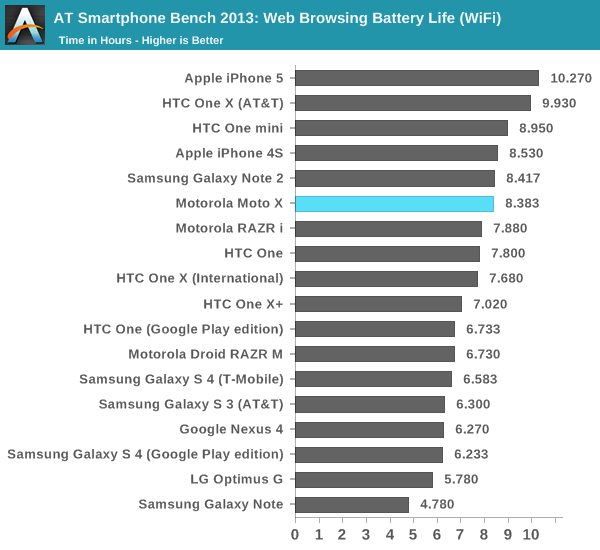
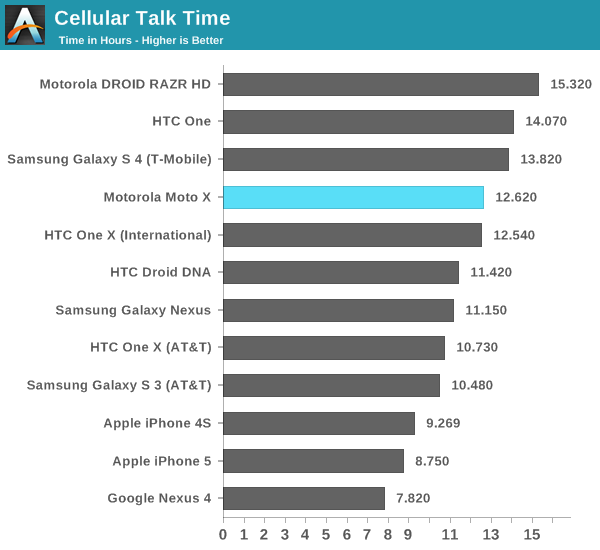
Battery life on the Moto X doesn't turn out to be all that much different from the other flagships based on APQ8064 on LTE. In fact, it's about par. That's not too surprising for me considering compared to the HTC One and SGS4 it's the same CPU (Krait 300) and process (28nm LP). For better battery life we'll need better efficiency, which will come either through newer process (28nm HK-MG variants at TSMC) or even more efficient CPU architecture.
In reality, having fewer cores here means in something multithreaded like our battery test (Chrome is very multithreaded) it needs to send the Moto X's two cores to a higher frequency and voltage state than the four on the other devices. I'm not surprised at all to see invalidation of the "fewer cores translates to better battery life" narrative others have crafted. The only validation is that having two fewer cores does translate to less dynamic range in power use. It all becomes a matter of how you're using the device at that point, however. On WiFi the Moto X does do pretty well, and Motorola has always had very good talk time.
One thing I will note is that the Moto X does have a power saver mode, but it appears to just disable background sync and put the data connection to sleep aggressively. It doesn't change the governor so that the max CPU frequency is lower (say the 1.1 GHz state) like a lot of other OEMs power savers do, which seems like a missed opportunity.
The Moto X comes with a dual-USB port 850 mA charger, like the previous revision of Motorola devices. In practice I've seen the Moto X reliably pull closer to 1 A from the Moto X bundled charger.
What's interesting however is that the Moto X can charge up to the maximum BC1.2 rate of 1.5A. If you use that kind of charger, it charges impressively fast, around 2.3 hours.
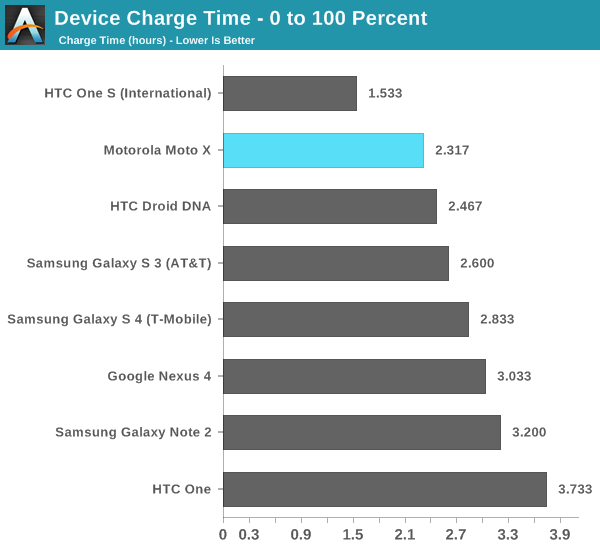


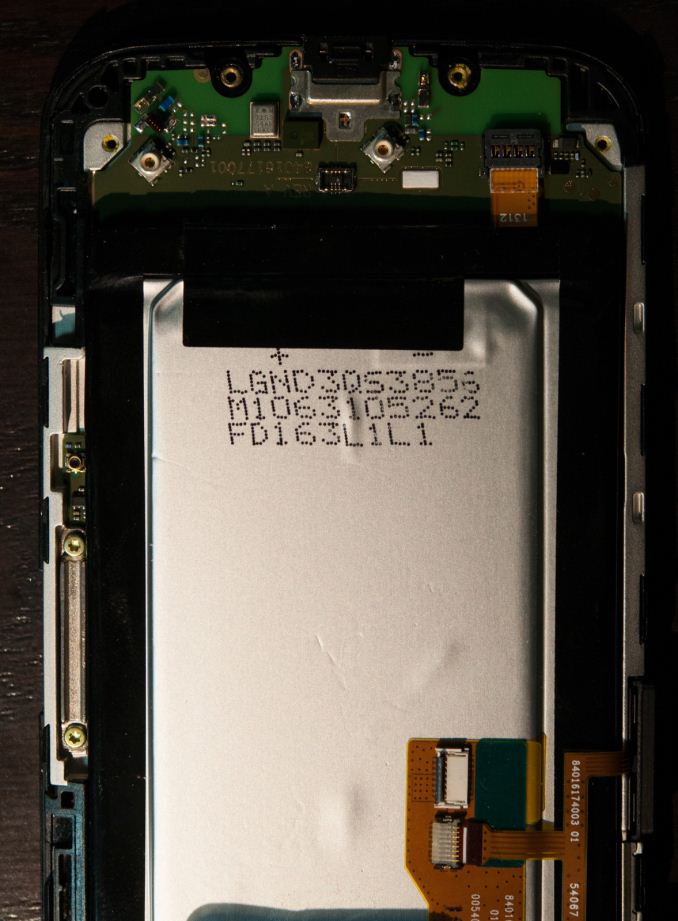
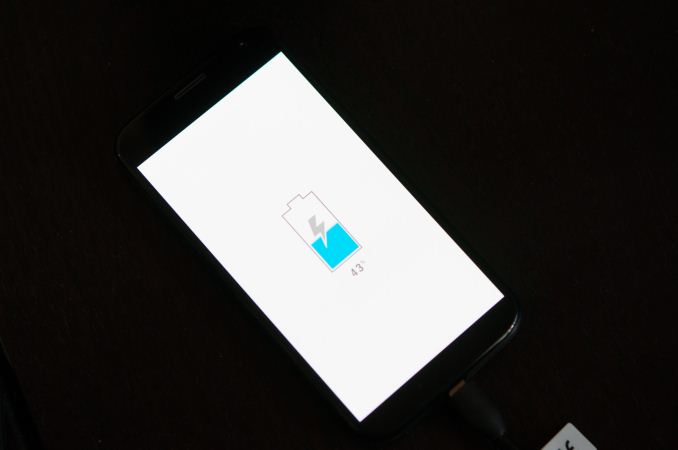








105 Comments
View All Comments
gobaers - Monday, August 26, 2013 - link
You just totally wrinkled my brain:"I actually wonder if that might be why we see worse battery life on the Moto X in practice compared to the HTC One/SGS4. Heavier workloads that keep all four cores active, but not pegged, might actually run more efficiently on the quad-core Krait 300 platforms."
austonia - Monday, August 26, 2013 - link
honestly who is going to buy this instead of a Samsung G4 or HTC One? the features that set it apart are gimmicky. choice of colors is good i guess but nearly everyone keeps their smartphone in a case anyway. camera is bad. specs medicore. best thing here is what they didn't do by using a (mostly) stock android.jeffkibuule - Monday, August 26, 2013 - link
Because it's not all about specs. Some people want a phone that feels great in the hand, and the Moto X has that in spades over the HTC One and GS4 where a larger phone = no sale, no matter how great the internal hardware is.Mondozai - Monday, August 26, 2013 - link
Hilarious, the "specs are dead" defence.Impulses - Tuesday, August 27, 2013 - link
I agree specs matter, I wasn't tempted to upgrade my EVO LTE this gen by the One or SGS4 so the Moto X is even less tempting... But he also brought up size, which does matter.I think this might be the first phone we've seen that finally materializes the potential of on screen buttons by delivering the same size display on a smaller body... First generation or two of phones with on screen buttons were the same size as their current gen flagships, they just had more bezel, and then it seemed like everyone was moving away from the on screen buttons...
kwrzesien - Tuesday, August 27, 2013 - link
Just like desktop PC's eventually the CPU and GPU (for a given resolution) power will eventually catch up with "good enough" for most people, most of the time. Then heat, size and battery life will take over as the differentiators.Honest Accounting - Monday, September 16, 2013 - link
Apple has been using it for years ...curly_jefferson - Tuesday, August 27, 2013 - link
Okay, bro. Have fun waving your hands in front of your SG4 (#gimmick) while I tell my phone to call my wife on the way home from work without even looking at it (#useful)althaz - Wednesday, August 28, 2013 - link
There's no flagship phones on the market without voice control, AFAIK (my phone is over two years old and has it).althaz - Wednesday, August 28, 2013 - link
Also, using it in the car is literally the only time it is ever useful - it's rarely faster than simply touching the phone. Not to mention the waving your hands over the phone is pretty cool and could really cut down on how often you need to clean the front of your phone.